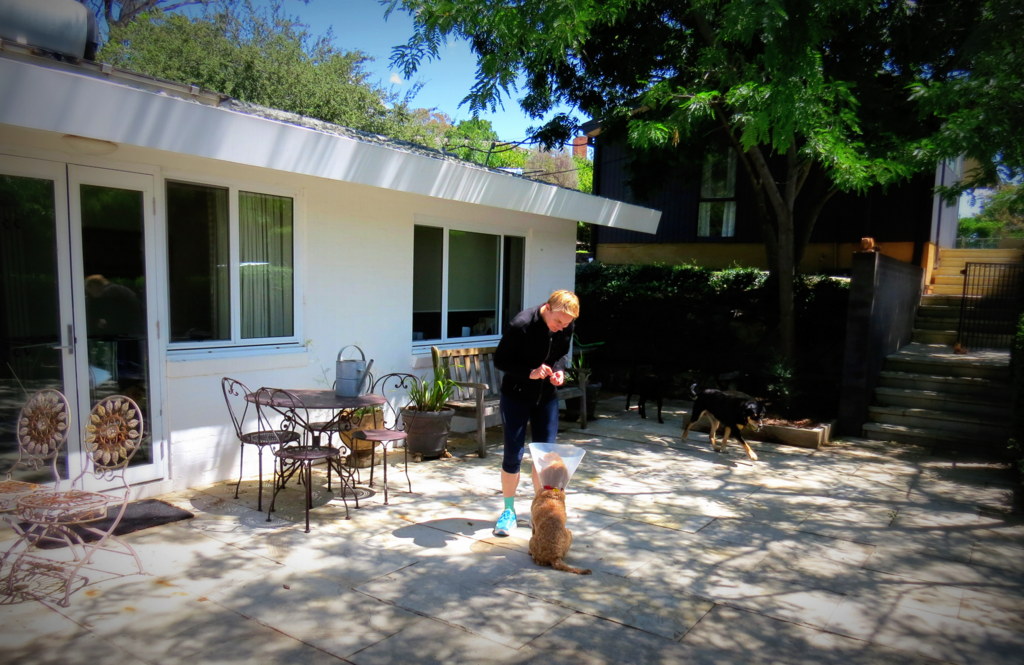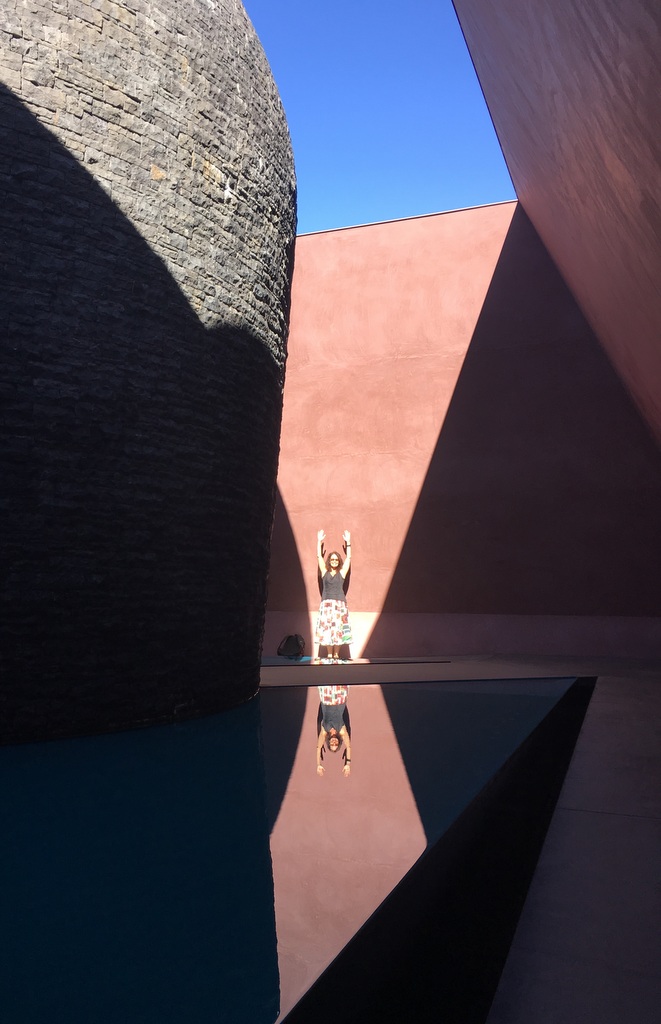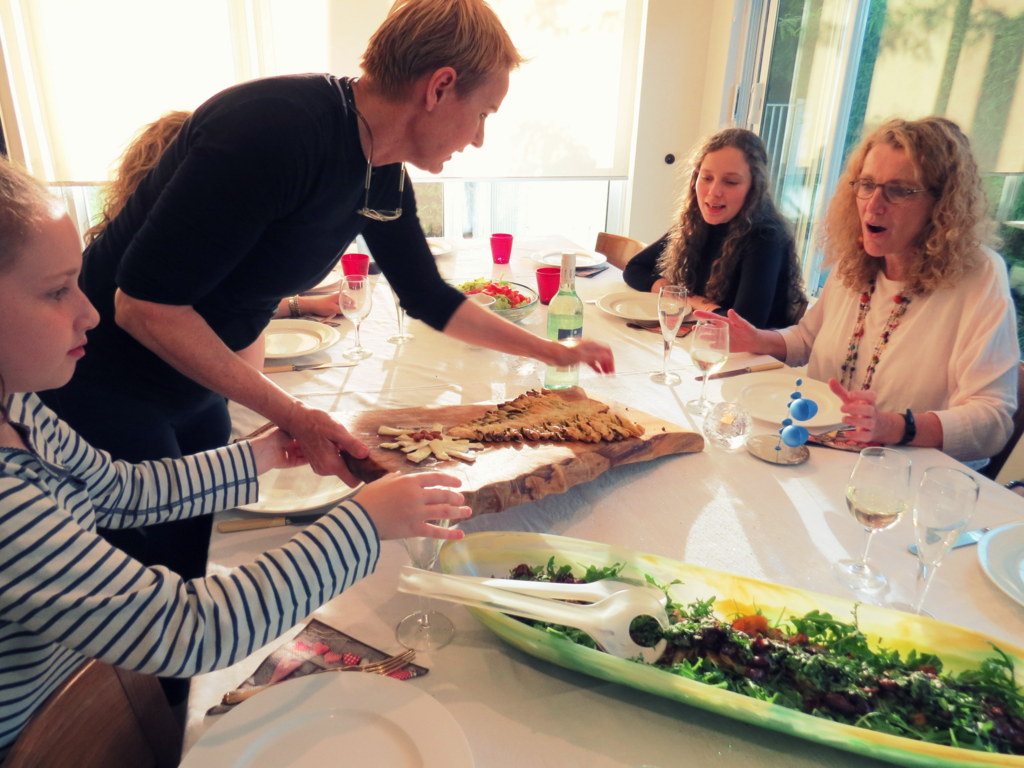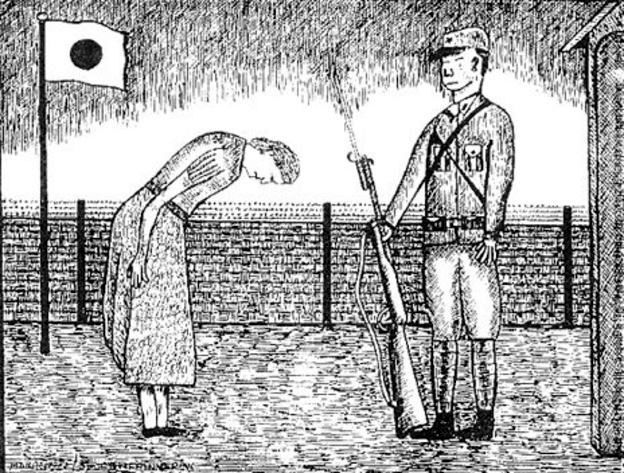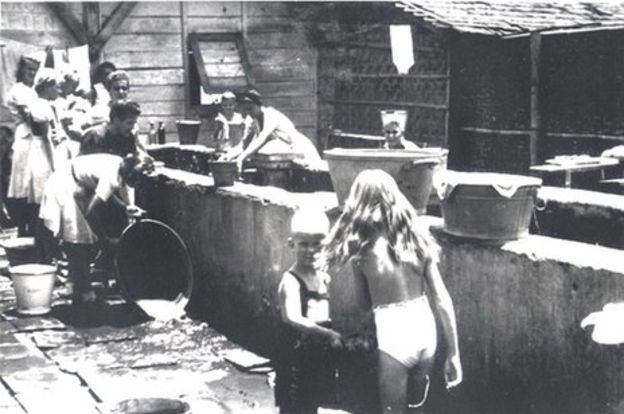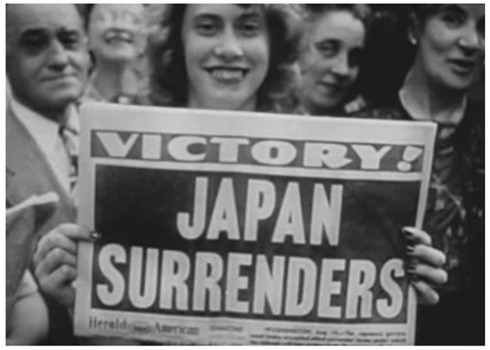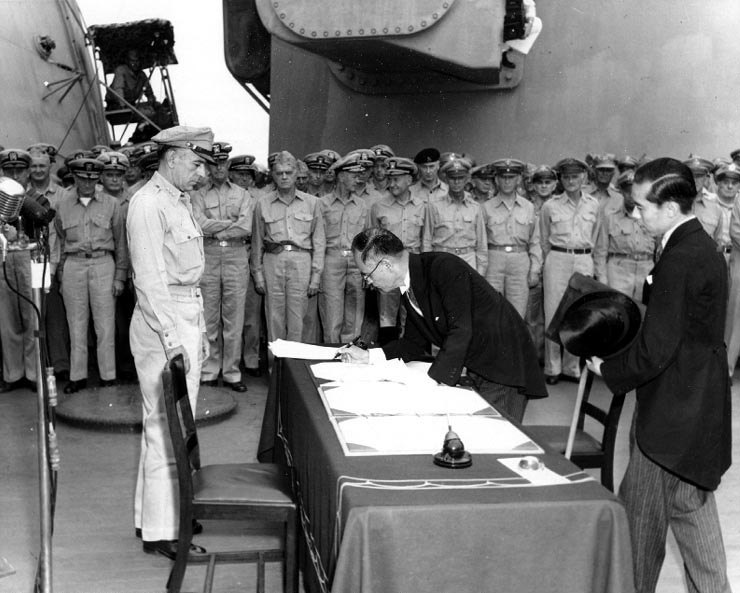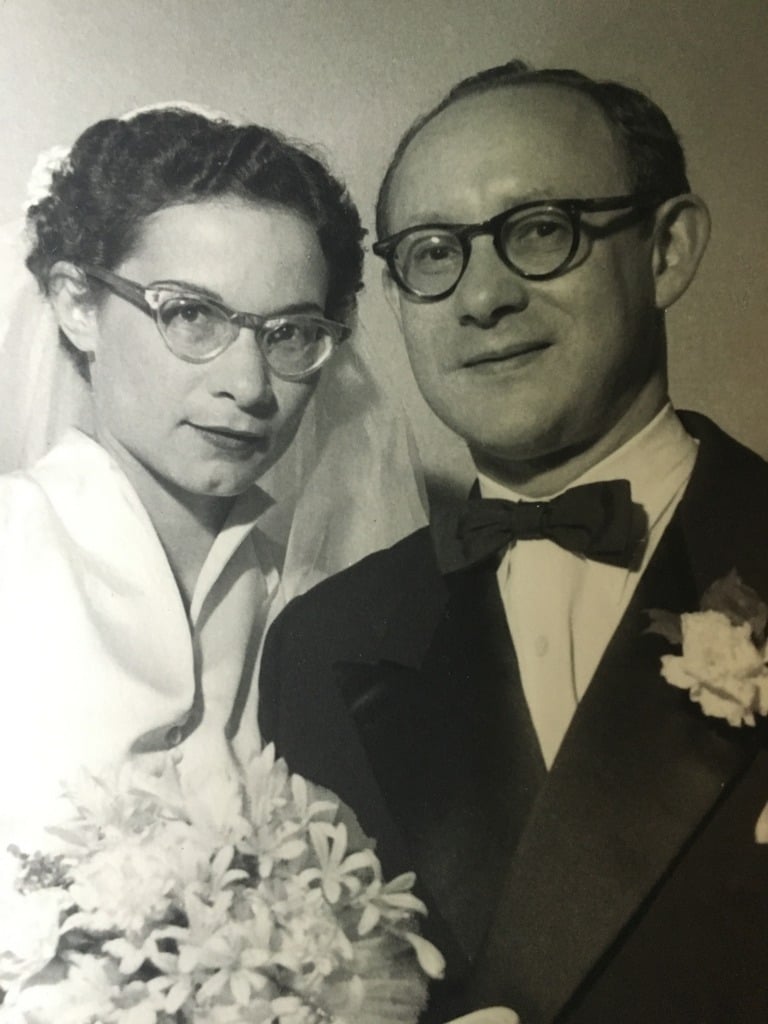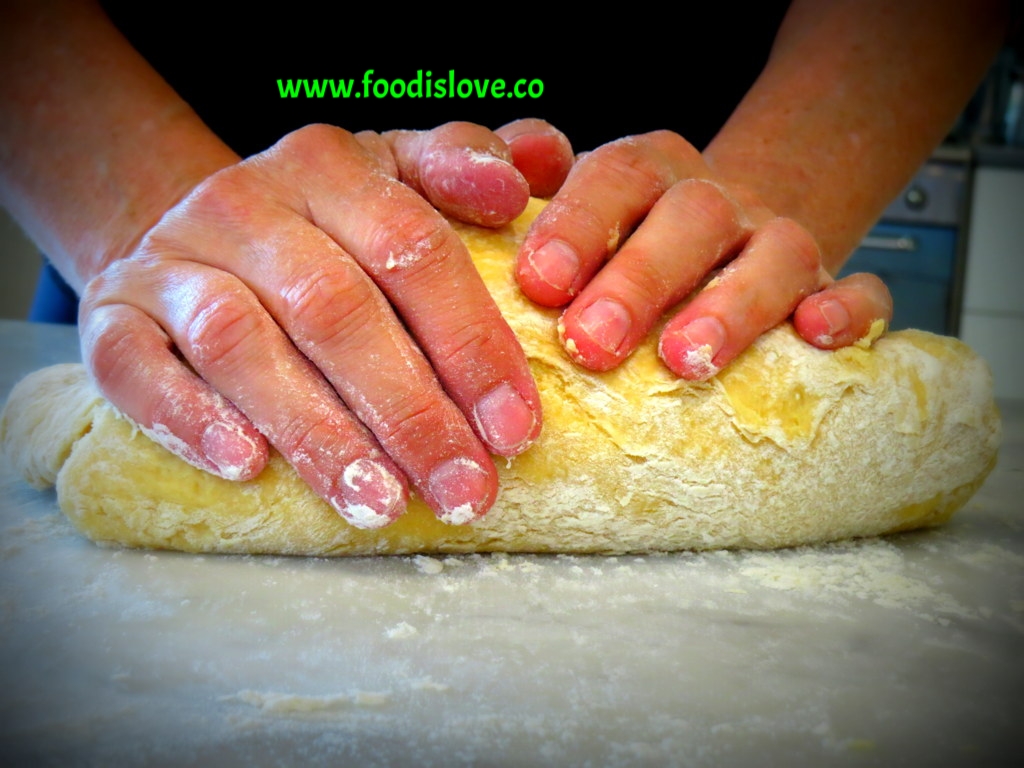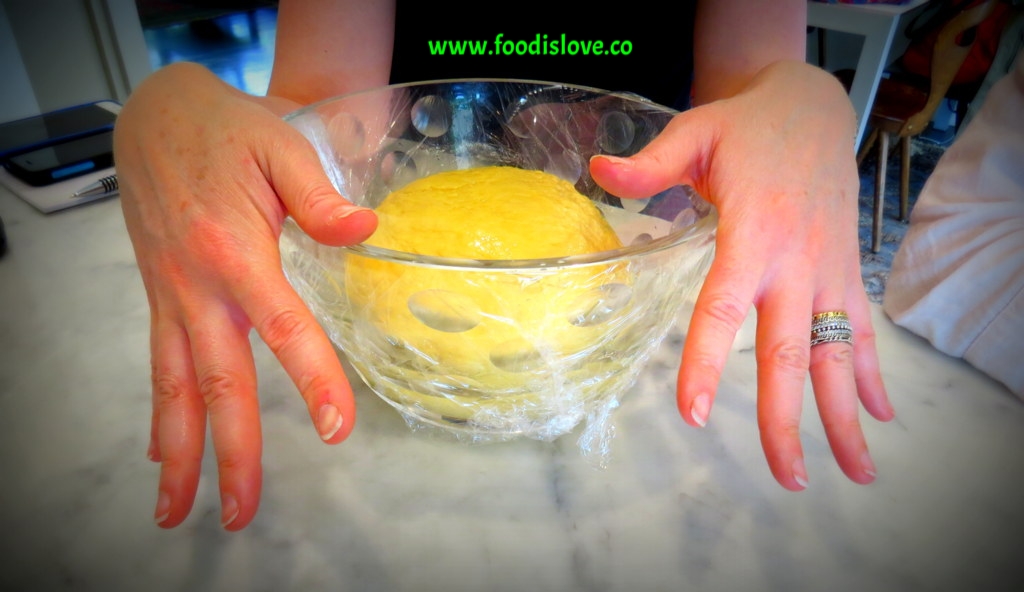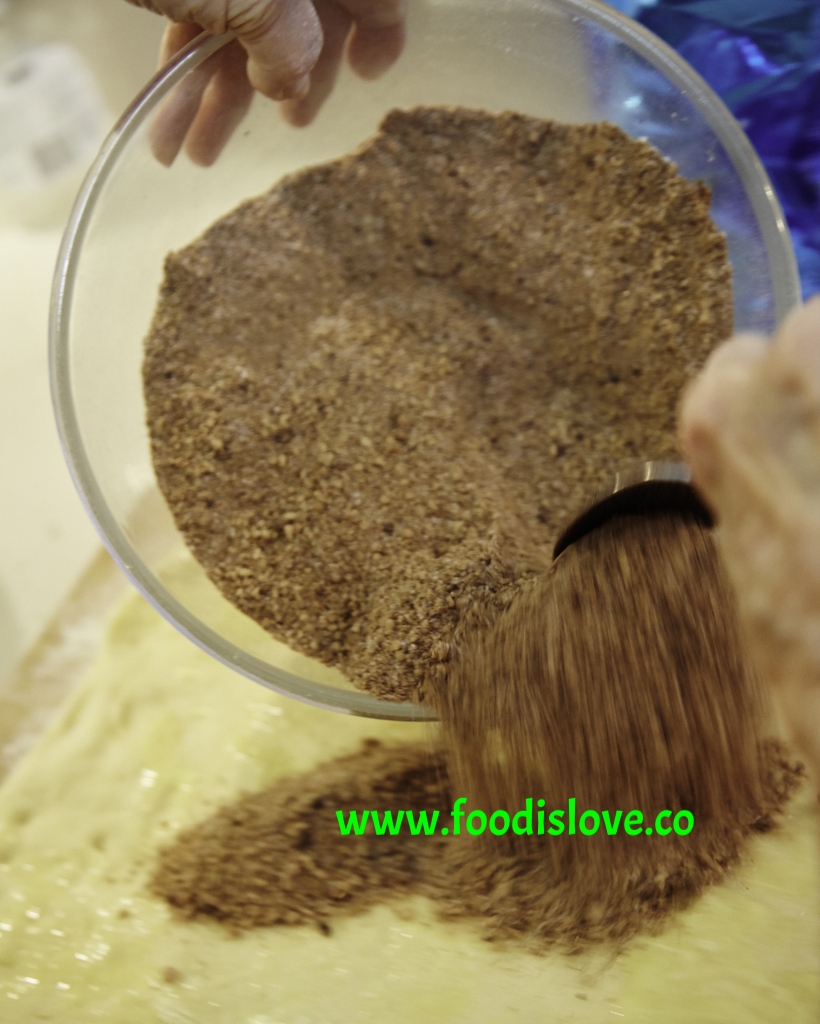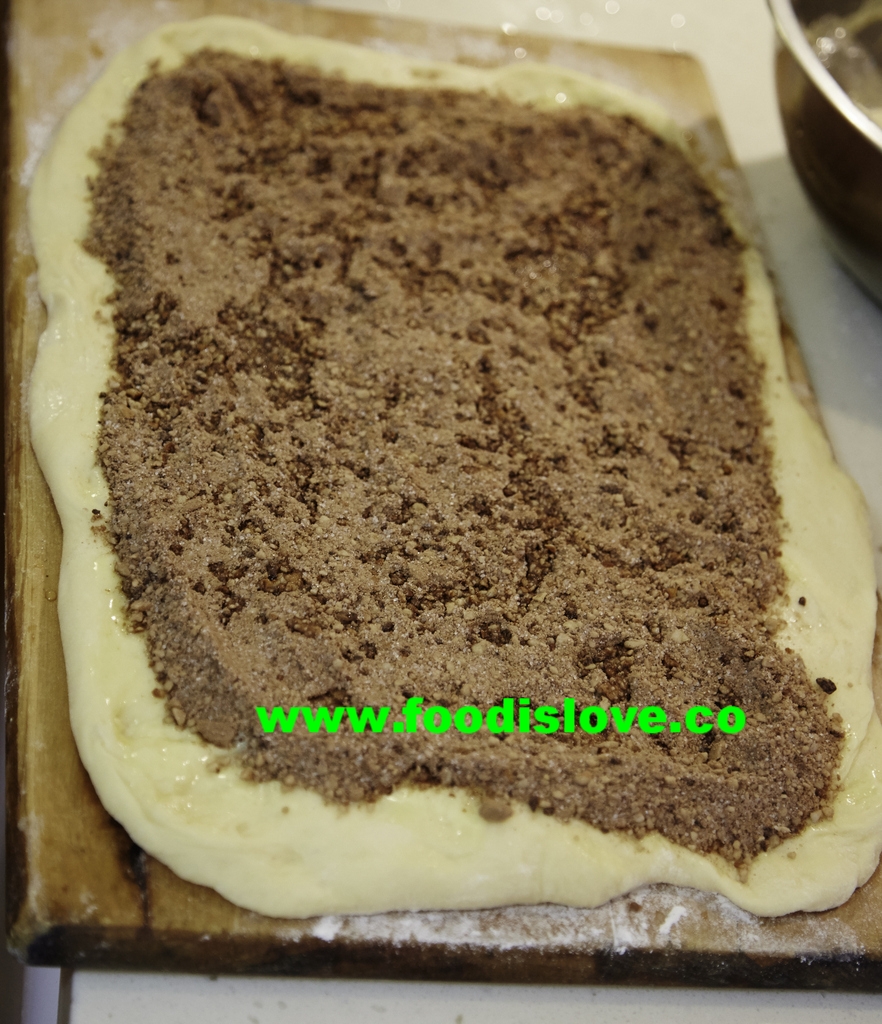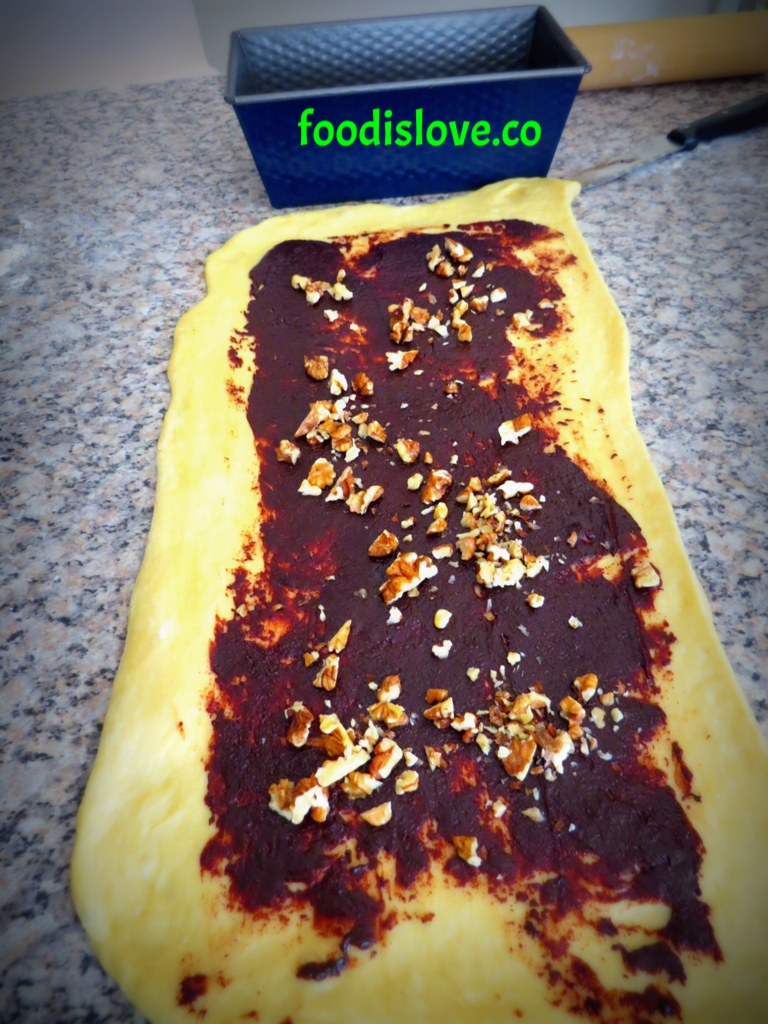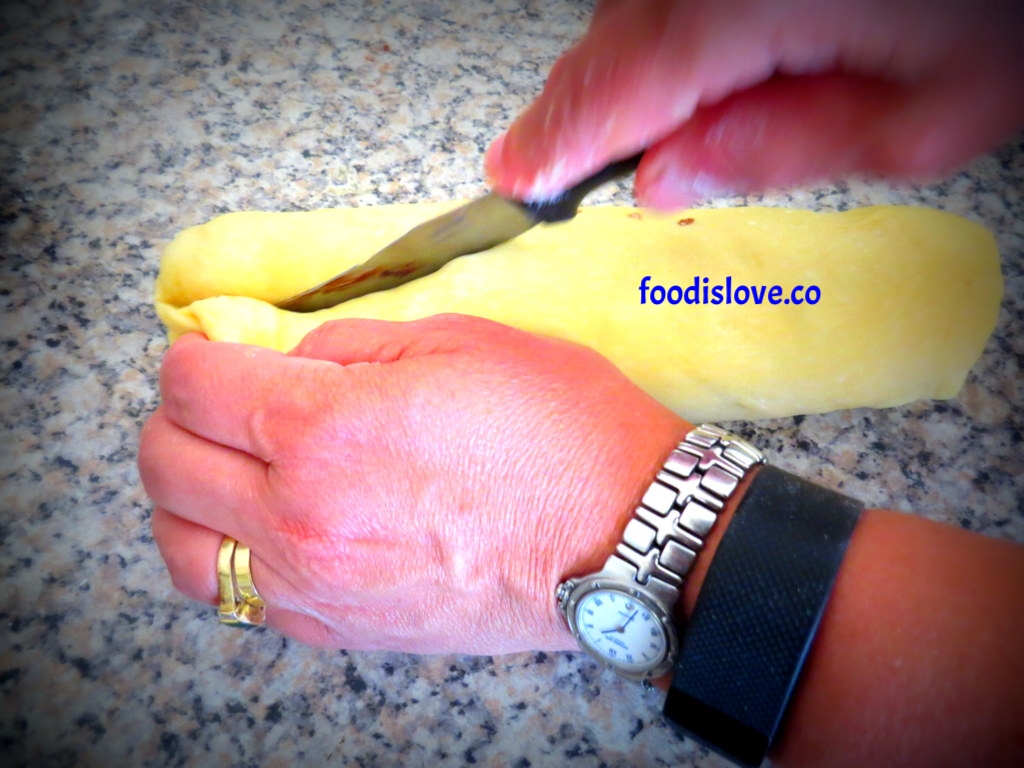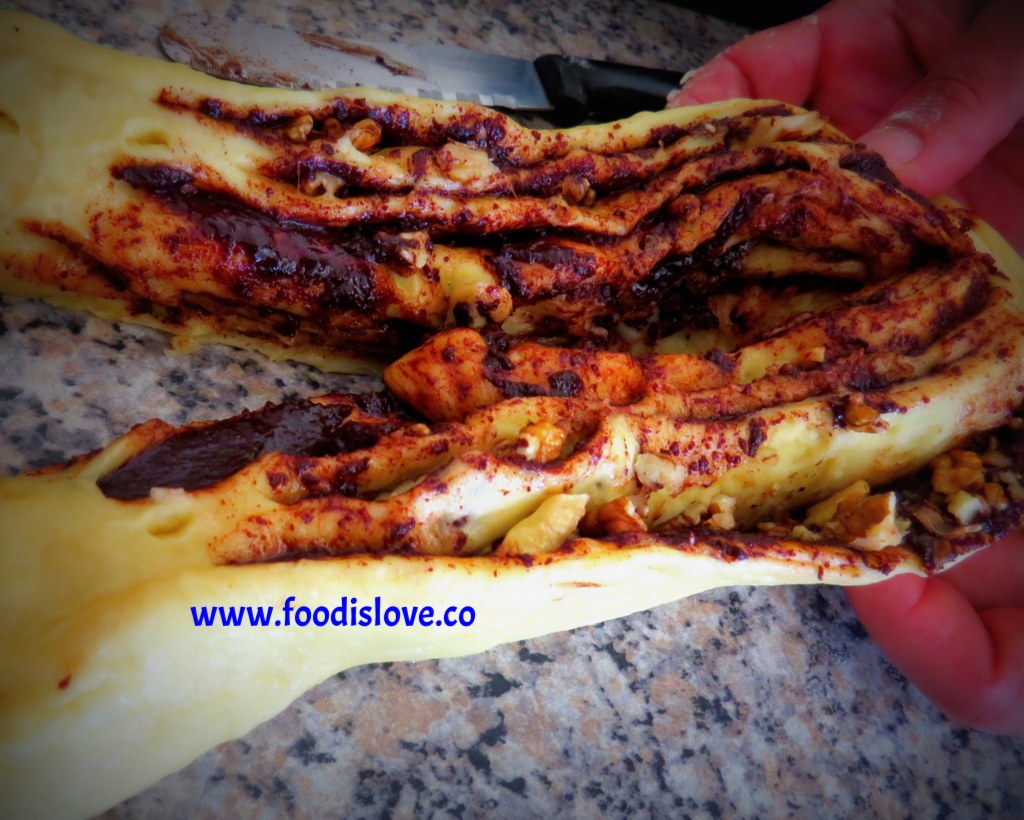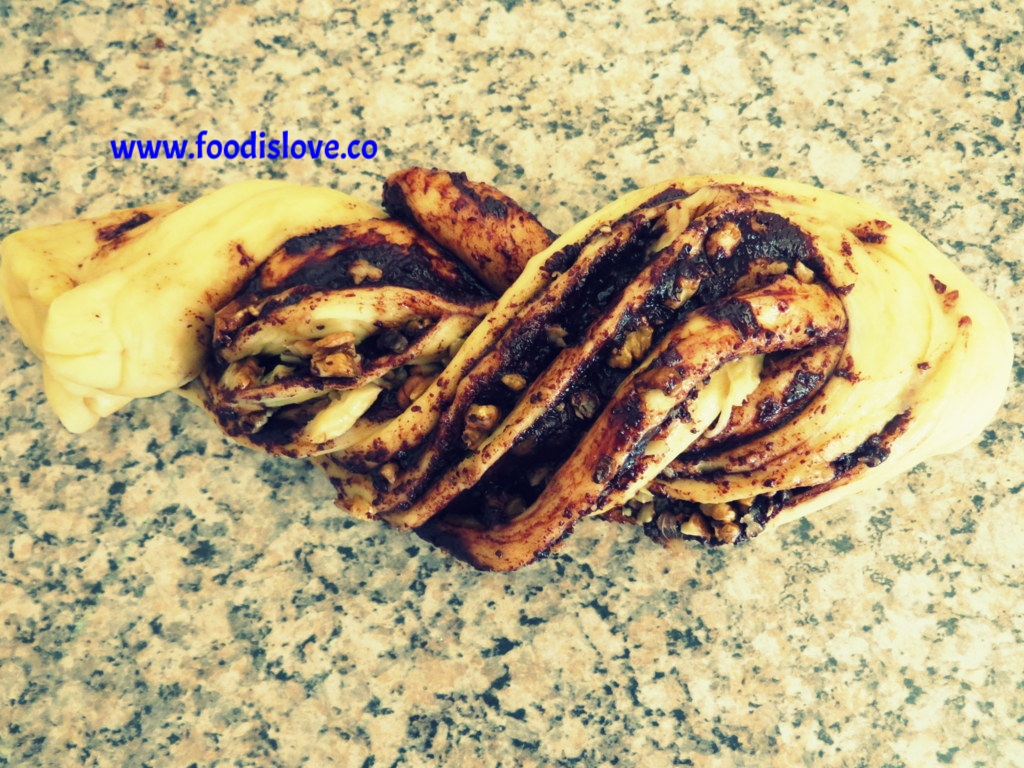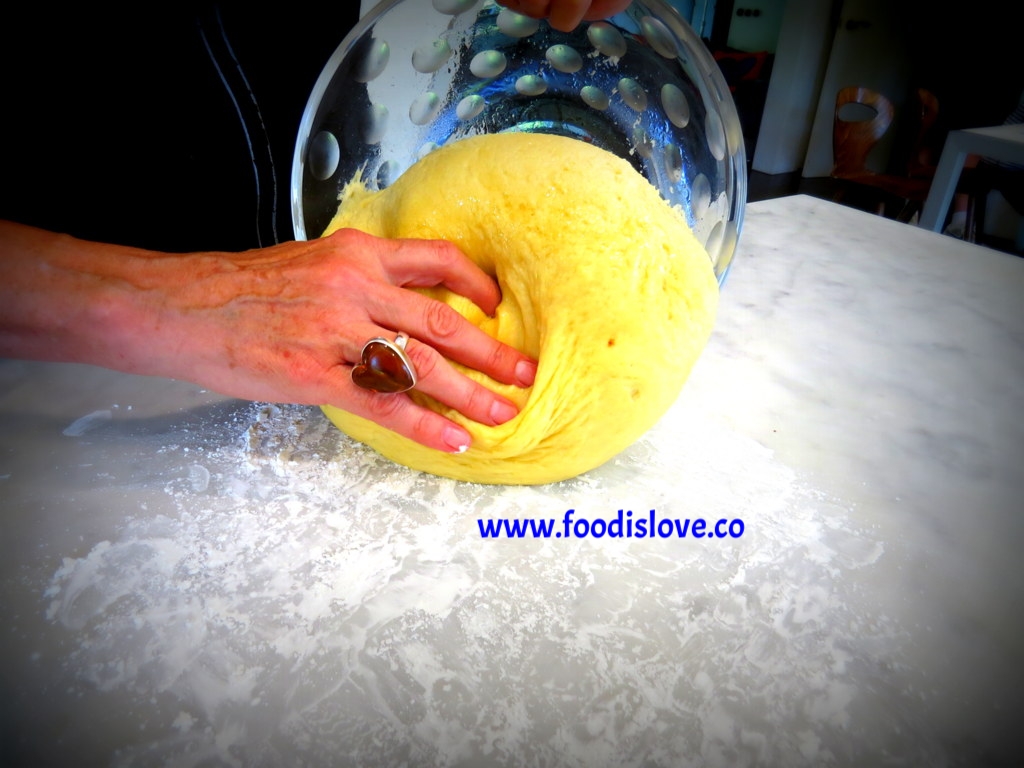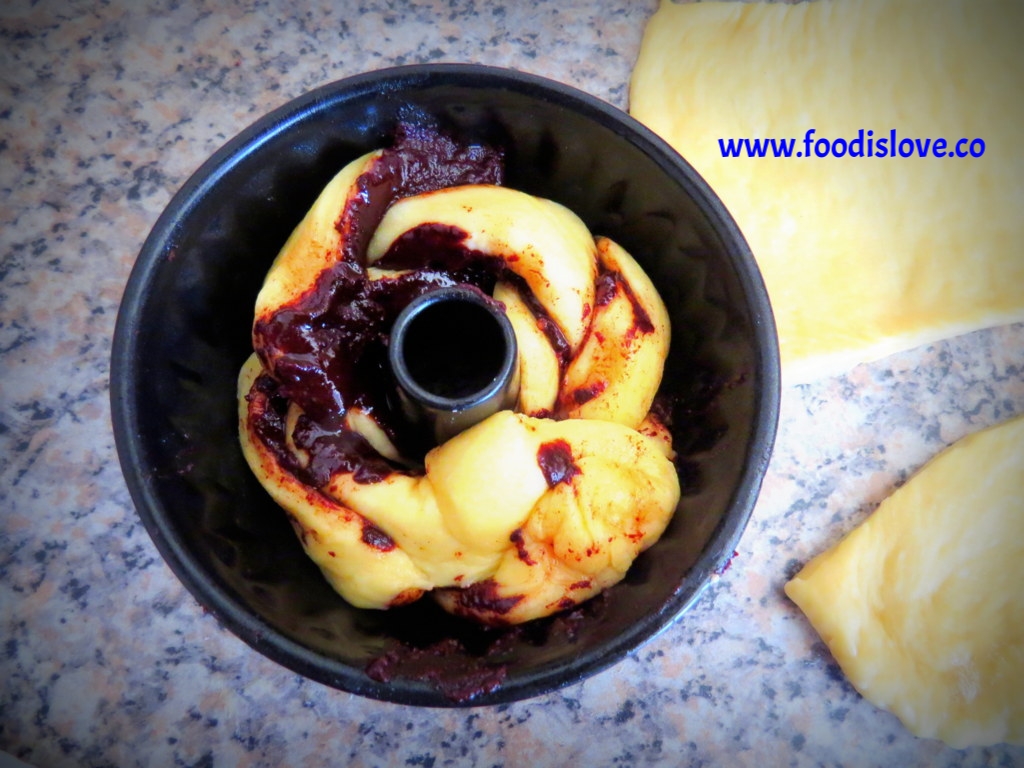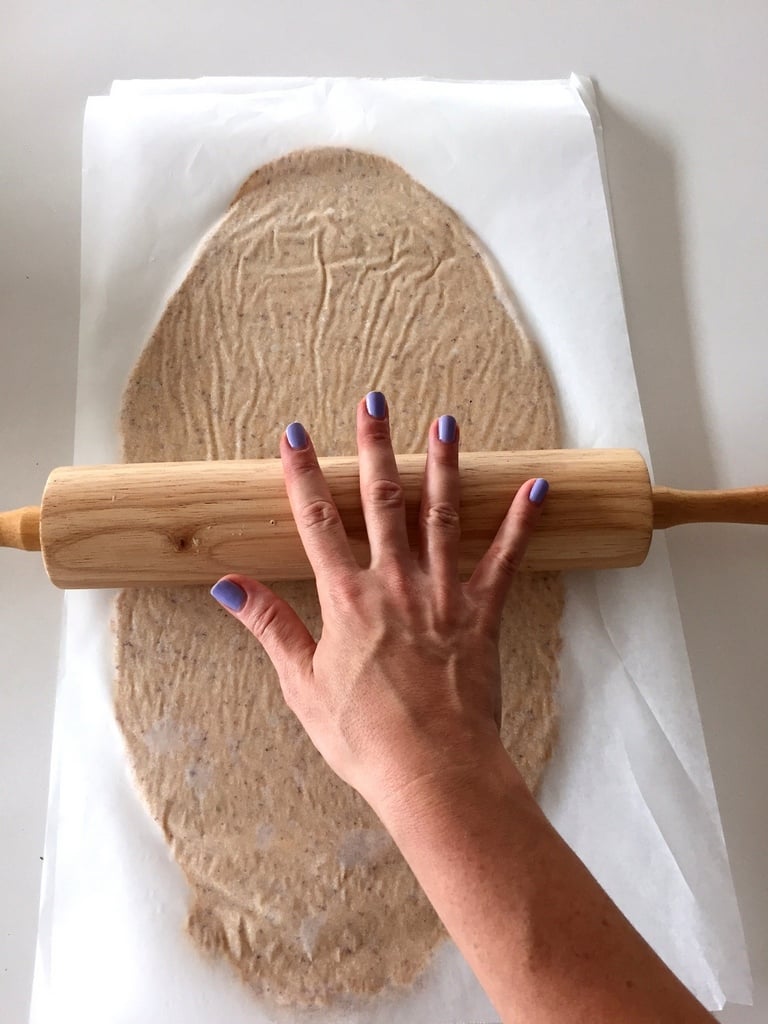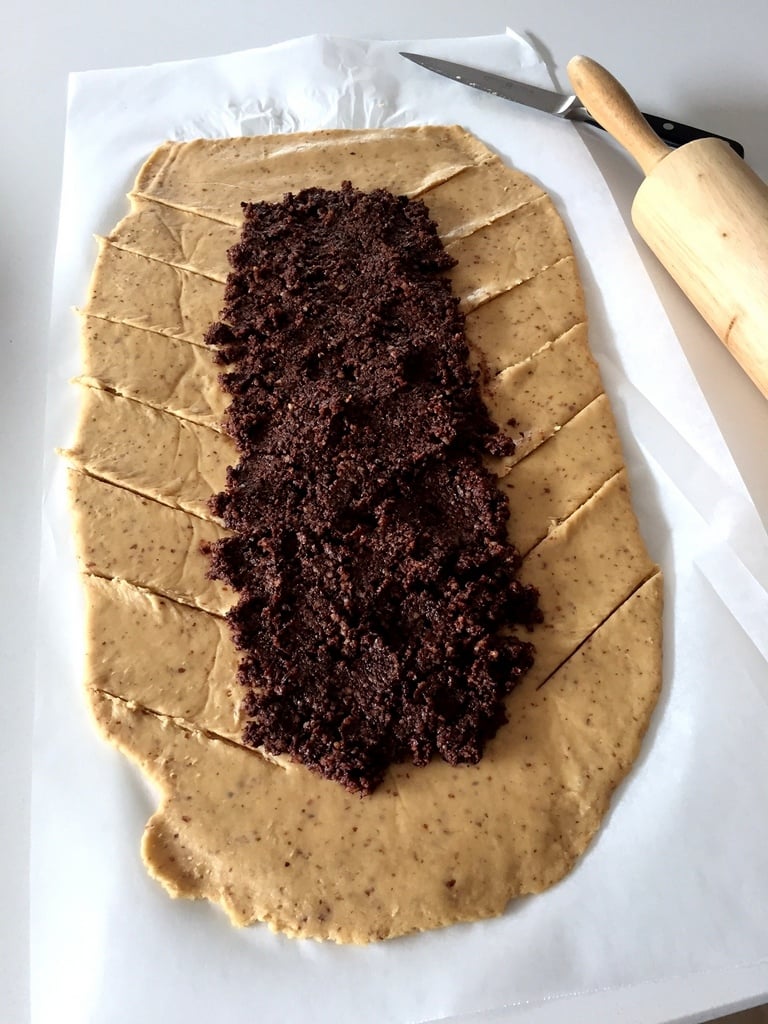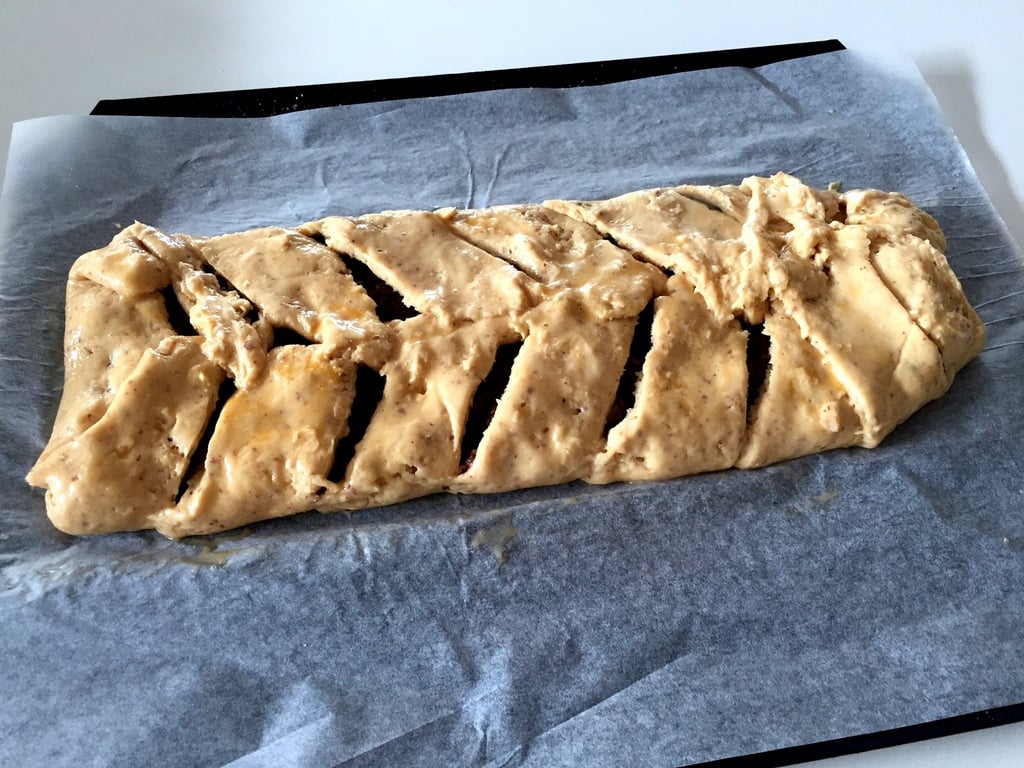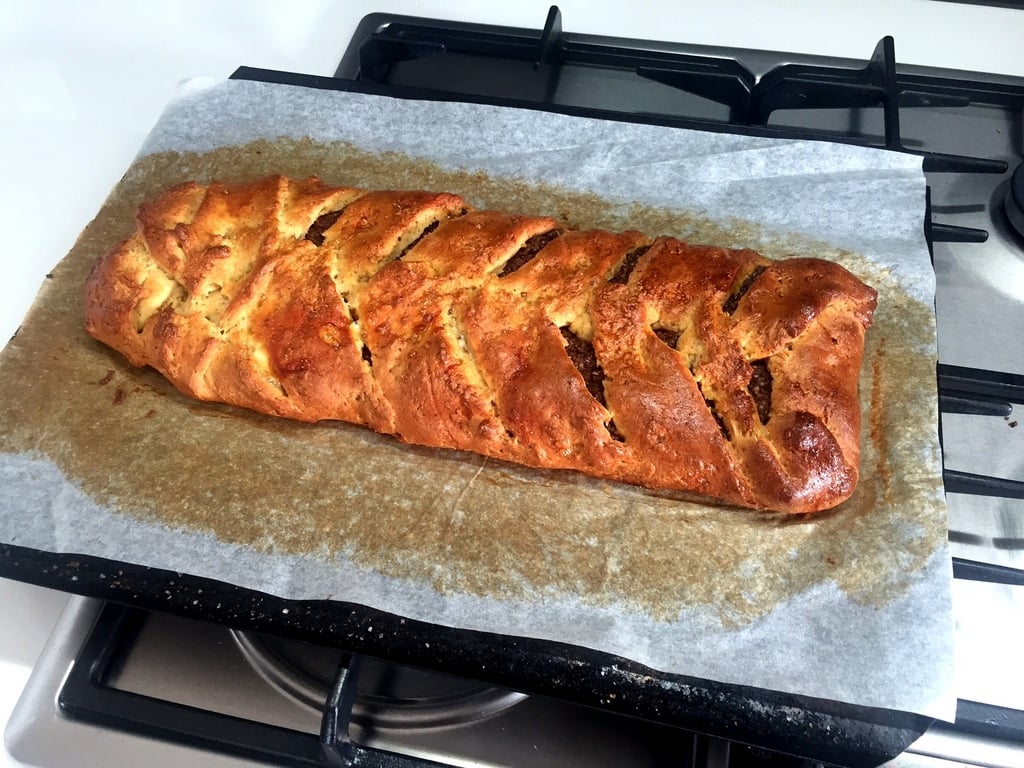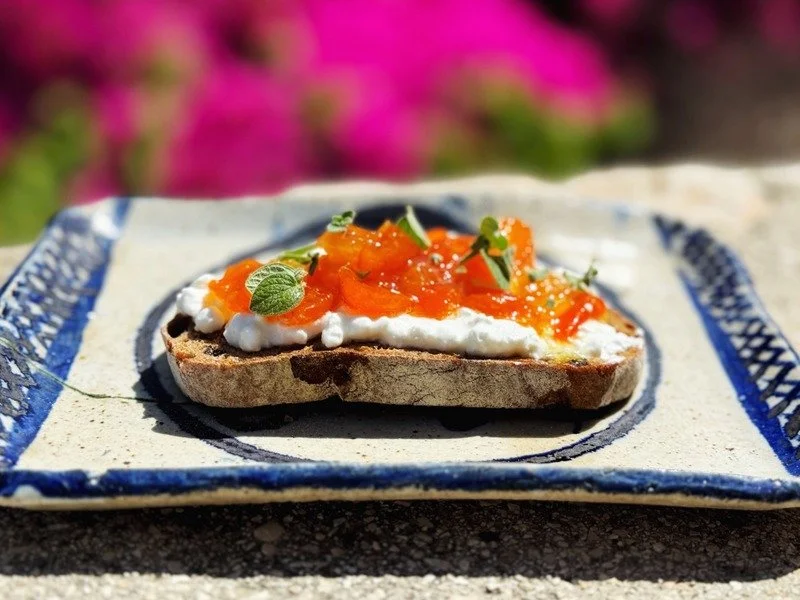This is a post about a spectacular chocolate yeast cake, perfect for a sweet New Year, but really it’s about friendship.
Thea Riesel and Mimi Deitz have been friends for 75 years. Just let that number sink in.
Thea Riesel and Mimi Deitz
They slept in adjoining bunks as teenagers in a Japanese prisoner of war camp during World War Two, and today aged 89 and 90, they live around the corner from each other in Sydney. Thea knows when Mimi is baking this yeast cake, just as she knows every thing else that Mimi does, since they pop in to see each other almost every day. Or call. Or email. Or text.
They are mothers and grandmothers - Mimi is a great-grandmother - but their longest relationship is with each other.
“Mimi became my friend before the Japanese came to Indonesia. She’s my friend till today, and she is the real cook. She is still baking yeast cakes, I don’t know why you're wasting your time with me!” Thea said the first time we spoke.
So that’s how I met Mimi. As a tribute to their life-long friendship, we're telling their stories here together.
FRIENDS
This cake has also provided an opportunity for me to see my old friends again. Back in Australia for the summer, I’ve baked it twice, with a different set of girlfriends each time.
First I went down to Canberra to see uni friends who live there now.
At their insistence, I caught the bus – carbon footprint! – and there in the kitchen of one of my best friends, with much talking and laughing, 4 women baked Mimi’s yeast cake.
The second baking of Mimi's cake took place in my mother’s kitchen in Sydney, catching up with a friend I haven’t seen in 15 years.
Nothing is sweeter than finding old friends you think you’ve lost… you know who you are Suzie Lee!
Baking with yeast gives you time to talk and to listen, as you wait for the yeast to ferment, let dough rise, punch it down, melt chocolate and butter baking tins. That reconnection was a real New Year's Gift!
YEAST CAKE
You swirl has chocolate sauce through a sweet yeast dough, and bake it in a circle. Half-way between cake and bread – depending on how much chocolate you use – it’s both comforting and elevating.
It's known by the shape of its tin – a Kugelhupf. (Here we call it a bundt or angel cake tin.) In Jerusalem they produce a version called Krantz.
Kugelhupf and Krantz, more like Marx Borthers lawyers than cakes! But so, so good...
THEA RIESEL
We featured Thea Riesel in our first post, making her unbeatable potato latkes.
Thea Riesel with her grandson Jono
She is slight, precise and acute. Nothing escapes her.
Thea's punctual, rational, organised, tidy – all the ‘German’ qualities, even though she left Vienna where she was born when she was still a child, and has lived for most of her life, almost seven decades now, in Australia. Thea is also a talented musician. She had a cousin who was a concert pianist, and if World War Two hadn't up-ended her life, Thea would have pursued a career as a professional violinist.
Hers is an unusual story. When Europe became dangerous for Jews in the 1930's, her family went to Indonesia, where her father had worked as a young man, and where Thea had spent the first few years of her life.
Thea's parents with her as a baby in Indonesia
“In 1939, they opted for Java. This was a decision that would save all our lives,” says Thea.
There were only about 3,000 Jews out of 68 million Indonesians in what was then known as the Dutch East Indies. For this handful of people, it was a sanctuary.
MIMI DeiTZ
Mimi is a smiley woman, calm, practical and kind. If there is an opposite to a drama queen, Mimi is it. Her vision is poor now, but she's always positive, with her sense of humour intact.
She and Thea were born in the same city, Vienna, but they met for the first time as schoolgirls in Indonesia. Mimi had an aunt in Java, and that connection saved Mimi's family when the Nazis came to power in Europe.
“In Germany it started slowly, from 1933. For us in Austria, it came all at once, as soon as Hitler annexed Austria in 1938. Suddenly Jews were forced to scrub the pavement, on their hands and knees at the feet of German soldiers. I saw that personally,” says Mimi.
“I remember German soldiers, or maybe they were Gestapo, knocking on the door, to take my father to the Dachau concentration camp. He wasn't home, so he escaped that time. My aunt who was in Indonesia got us a visa. We left in November 1938. I am not sure if it was before or after Kristallnacht, the attack against Jews across the German Reich, which began in early November.”
Mimi sailed with her parents and brother to the Dutch East Indies. They reached Batavia [Jakarta] in January 1939.
Mimi as a child in Vienna, with her brother Gert and her parents, Nandor and Toba Braun
NEW LIFE
Mimi went to a local school.
“It was awkward at first. All these Dutch girls tall, blonde and lovely, and little short dark-haired me. But I learnt the language quickly. I spoke Dutch without an accent, something I have never managed with English.”
Mimi's 1939 ID papers, issued by Dutch authorities in Java. Mimi is 13 years old in this picture.
Thea attended the same school. When Thea wasn't practising her violin, they rode their bikes together.
“Life was good for us, just when it was getting very bad in Europe,” says Thea.
JAPAN INVADES
Everything changed in March 1942 when Japanese troops overran Indonesia. The first impact the girls felt was that school stopped.
“Study was forbidden. It was Japanese policy. I was happy at first, as I had more time for my violin. I practised every day,” says Thea.
ATTITUDE TO JEWS
“The Japanese were friendly to the Jews. Curious, respectful. There were also very few Jews, relative to the population – 3,000 out of 68 million is not a lot!” says Thea. "They considered us to be semi-Asiatic, with the result that we were lumped together with half-caste Indonesian civilians, and were not immediately arrested."
But Japan was Germany's ally. Under pressure from the Nazis, the Japanese began moving Jews to prisoner of war camps, along with other European civilians.
Jewish men were rounded up first, in early 1943.
“My father was taken straight away. My brother Gert was 17 or 18 and they came for him about 12 months later, at the same time or even a bit later than they took us. The Japanese put him into solitary as a punishment for not taking him earlier,” Mimi remembers.
WOMEN AND CHILDREN ROUNDED UP
In late 1943, it was the turn of Jewish women and children, including Thea and Mimi and their mothers.
“In August or September 1943 we were told to lock up our homes, and go to the police station, with our keys and valuables. We were told to bring ‘only what you could carry’. I left my violin behind,” says Thea sadly.
The keys and valuables were to be handed over to the Japanese. Then the women were taken away in a train with blacked out windows. Thea was aged 19, Mimi 18.
PRISON CAMPS
130,000 civilians were held as prisoners in Japanese camps in Indonesia during World War Two. More than ten percent of them - 14,000 - would not survive, succumbing to exhaustion, starvation and disease.
Thea and Mimi were in 3 different internment camps over the next 2 years. It was a great consolation to both girls that they remained together.
The first camp was Tanah Tinggi.
TANAH TINGGI (high earth)
Previously a prison for young Indonesian offenders, the camp was stiflingly hot and dirty. There were cockroaches, rats and swarms of flies.
"There were hundreds of people, maybe 1,000. We arrived as a Jewish group, to join the British, Australian and Americans who were already there. It was a mixed camp, and we were on the women’s side,” says Thea.
They were watched over by 2 sets of armed guards, Japanese and Indonesian. They were sometimes beaten for no reason.
“There was a daily flag raising ceremony, called Tenko, where they played the Japanese anthem and we had to count off and bow to the Japanese flag,” says Thea. "We had to bow to any Japanese soldier we met, and to the Indonesians as well."
Women bowing to the Japanese flag at a POW camp. 130,000 civillians were interred in Indonesia during WWII.
“There was a large outdoor space, and planks around the walls inside the barracks. It was overcrowded, and unhygienic. We weren't too short of food at the start, but bit by bit we got hungry," says Mimi.
“This is how we slept. Imagine a room. A hall, with bars on the windows. Along the sides there are planks perpendicular to the wall, 55 cm wide. Those who went with mattresses cut them down to fit the planks. Otherwise you slept directly on the plank. There were bed bugs or other insects that bit you while you slept. People cried out ‘I’m hungry’ in the middle of the night,” Thea recalls.
"Bed bugs smell when you kill them. That's how you know you've succeeded," Thea says matter of factly.
FOOD
Both speak at once about food.
“We didn’t cook, the Indonesian prisoners cooked for us. They sent 2 big drums to the rooms. One was coffee, that was in the morning. The other was mostly rice. Rice, corn kernels - and weevils!"
“As we got hungrier, we sat there exchanging recipes. I collected them, and had them for years. I only threw them out when I moved to this apartment 5 years ago,” says Mimi.
"We did do cleaning. We made ourselves duties, so we would stay human. Someone tried to hold some classes. I think I learnt to play bridge there,” says Mimi, who still plays bridge today.
After 6 months the Japanese announced they were moving the prisoners. Thea was pleased.
“I said, ‘Thank God we are moving!’ But the British women said, ‘Don’t say that, it never gets better.’ And they were right, the next place was harder.”
TANGERANG
Tangerang was worse.
“It was even more crowded, there were more prisoners, thousands, but now less food. It was a camp for women and children, so they separated the boys, taking boys aged 16 away to the men’s camps. Then they took them aged 15, and by the end, they were taking 13 year old boys away from their mothers, it was heartbreaking,” says Thea.
Discipline was harsh. If prisoners did not bow sufficiently to Japanese soldiers, they were hit. Also all prisoners were forced to stand in the sun for hours to take responsibility if any one of them breached the rules.
The picture on the left is a sketch by a prisoner; on the right women and children wash outdoors, in a Japanese internment camp.
“There we had to do our own cooking, and all other duties. People fought to be in the kitchen and in the vegetable garden,” says Thea. "You were not allowed to take food, but you could eat a tomato or cucumber when you were out there."
Meals consisted of only one scoop of food, decreased from three times to twice daily. This was near-starvation rations. Women stopped menstruating and children's growth became stunted.
“Illness was rampant. There was Malaria, cholera, beri-beri and dysentry," Thea recalls. "People got horrible skin ulcers, caused by the climate, which could kill you. That’s what almost happened to Mimi.”
MIMI IS SICK
“In Tangerang I became very sick. I got all my diseases at the same time. Malaria, dysentery, and an infection, which started in my teeth, moved to my gums and then my whole body. My white blood cell count was very low. I was very nearly gone.”
Thea remembers the whole camp praying for Mimi.
She was so close to death that the doctor had already given the nurses instructions for what to do with her corpse. At the last moment, the doctor gave her a dose of sulphur. To everyone’s surprise, Mimi rallied.
“What saved me were the Red Cross packages. I don’t know if antibiotics were available in Indonesia at the time, but there weren't any to be had. Still that sulphur did the trick, and I pulled through,” says Mimi.
The girl they’d given up on kept living.
“After I’d been sick, the camp management put me on kitchen duties. That was an act of kindness. There I could eat a little more and that helped. Still, when we were liberated from the next camp, I weighed 42 kilos and my mother weighed even less - 38 kilos.”
Mimi pauses.
“If you want to know more details, you have to ask Thea, she knows more than me.”
“The reason Mimi can’t remember much is because of how sick she was. It affected her memory,” Thea explains.
"No that's not true, Thea! I just always had a bad memory," says Mimi and they bicker for a moment over their memories.
train
Thea and Mimi and their mothers were held at Tangarang for about 12 months. Around March 1945 they were moved again, and the train journey to the final camp is one of Mimi’s worst memories.
“They locked the doors and windows of the train, and it was hot, stiflingly hot, and I couldn't get enough air and thought I would suffocate. That was a truly traumatic moment,” Mimi recalls.
ADEK
The girls spent the last months of the War at Adek camp on the outskirts of Jakarta. Thea's father had been held there in early 1943, and she'd taken him parcels. There was no one to bring Thea and her mother parcels now, when there was much less food.
Hitler was defeated in Europe in May 1945, but the War in the Pacific dragged on. As losses mounted, rations decreased. There was growing hunger, disease and exhaustion.
“In the third camp, I did something I never thought I would do," says Thea.
Thea had access to additional rations through her work in the infirmary, "Not a real one, but a place where sick people went to be separated from the others."
“The bread was rubbery, we called it ‘kowchook’. The head Nurse pushed some towards me and I took it. I shared it with my mother, but I felt bad for stealing food from everyone else and I told her I wouldn't do it any more. And my mother said, 'If you didn't bring this extra ration, I wouldn't be here.'”
AUGUST 1945
On 6 August 1945, Thea’s 21st birthday, the US dropped the atom bomb on Japan.
“We didn't know anything about the reasons, or about Hiroshima. The Camp administration came out, the Japanese officers in their beautiful uniforms, and polished shoes and they had to eat humble pie, and apologise to us and tell they had been defeated,” says Mimi.
“They put up a dais outside in the camp square. Three people stood there and addressed us. There was a Japanese, an Indonesian and our head of camp, a European woman. She said ‘Try not to show any emotion! The Japanese have suffered a catastrophe and they have been forced to surrender.’ What she meant was, don’t look too happy,” Thea remembers. “So that’s what we did. We didn't cheer or shout. When we were back in our barracks, one of the Hungarian Jewish women said, “Alright, now we can sing our national anthems.” So the Dutch sang, and then the Hungarians, but no one could finish, we all broke down in tears. It was very emotional.”
It was so sudden there were no Allied troops to take over the camp. The prisoners remained there with their jailers.
“The Japanese promised to look after us till the Allies arrived and they kept their word. They told us not to leave, for our own safety. The Indonesians were bloodthirsty after the War, and felt this was their chance for Independence. Western women on their own were at great risk at that time," Thea explains.
PERSPECTIVE
Thea and Mimi and their families survived the War. They were sick and thin – but alive. For both girls, the reunion with their fathers after years apart was "pure joy."
Thea reflects on her experience as a prisoner.
“The Japanese were brutal in China, and Burma, and slightly better with us. I don’t want to pretend it was easy, it wasn't, but it was not the worst experience any human has undergone. You see, I knew what was happening in Europe. We’d met Jews from Germany and they’d told us. I knew it was worse there,” says Thea.
Despite her own brush with death, Mimi agrees that they did not suffer too badly. She stresses that everything is relative.
“Life is very strange isn't it? You can’t make predictions. After the war, the Americans were dropping Red Cross food parcels near the Camp for us. First they dropped leaflets telling us where the area would be, and everyone was so excited when the first box landed. But then there was a mistake and a box hit a woman and killed her. Imagine surviving the war to be killed by a Red Cross package afterwards …” says Mimi.
AUSTRALIA - MIMI
In 1946, Mimi went to Australia for medical treatment. Due to the conditions she'd endured, all her upper teeth had to be removed and replaced. After that operation, Mimi stayed in Australia.
In 1949, when Mimi was 23, a friend introduced her to another Jewish migrant, Victor Deitz.
“He was 26, born in Cairo, to a Russian father, and a half Russian mother. They spent the war in Cairo, which was then under British control. We’d had very different experiences, since he spent the war in ‘British freedom’, but something clicked because we started going out, and 8 months later we were married. That was 1950,” says Mimi. “We bought a milk bar in Lidcombe and lived above the shop. Then we bought a shop in Burwood, a tobacconist, barber and sporting goods. Victor was a wonderful husband and a devoted father.”
Mimi and Victor Deitz and their 3 children, David, Susie and Peter
AUSTRALIA - THEA
Thea studied in Holland for 5 years, before following Mimi to Sydney in 1951. She quickly found work.
“Getting office work in Sydney was easy. Everywhere I applied they said can you start tomorrow? I said, I’ll let you know. That’s how it was in 1951."
Thea didn't marry quickly. She says she was shy and particular. More than 3 years after arriving in Sydney, in 1955 Thea met a German Jewish migrant, Fabian Riesel.
“It must have been right. I was 31 and Fabi had his 40th birthday during our honeymoon and neither of us had been married before. What did I like about him? He was sympatische, easy to talk to. (I'm glad the word simpatico has become part of the English language – it was missing.) I didn't feel nervous when I was with him. I was happy. We became engaged after only 5 months, even less. He asked me to marry him in August and straight away I said yes, I was waiting for the question.”
It was only after they were engaged that he told Thea that he wanted to keep a kosher home. Thea was not from a religious family.
“I was sufficiently in love not to protest, to say alright. So I guess to answer your question, I must have loved him.”
Thea's marriage lasted 47 years, till her husband's death aged 87.
“We married late, and it didn't last so long, but still we were happy. It doesn't seem a long time. Maybe because I have lived on alone for another 14 years. Perhaps I have lived too long,” Thea reflects.
CHILDREN
Thea had 3 children and helped her husband run his photo supplies business. Mimi also had 3 children. To her surprise, her youngest son David became an Orthodox Jew.
Mimi wonders whether her history was in any way a catalyst for this change.
“We had no social life, no friends from school; we had to start all that from scratch. We were Jews, but we weren't attached to any synagogue. If it hadn't been for the war, we’d have been in Vienna, we’d have been Austrian. As it was, we weren't anything really. No nationality, and in a way not much religion. Nothing to identify with. Maybe that’s why my youngest son became religious.”
David Deitz sharing a moment with his mother Mimi, his son Levi in the background.
SOUL FOOD
Mimi has always been connected to her roots through food. She cooks European dishes of course, and some from Indonesia, including a spicy green bean dish that we will feature on this blog. She's known as a great baker and this classic Central European chocolate yeast cake is one of her specialties.
It takes time and commitment to bake with yeast, so if someone bakes this for you, it's a sign of love.
Mimi’s Chocolate Yeast cake
Makes 2 round cakes or 2 strudels - serves 16
Mimi used to bake this in a kugelhupf tin, but now she more often makes it into strudel shape.
DOUGH INGREDIENTS
5 cups plain flour [600 g]
½ teaspoon salt
5/8 cup sugar [100 g]
125 g butter (Use 125 ml oil if you want it kosher ie for eating after a meat meal. But remember that butter contains water, so use a bit less oil and a little more liquid later)
300 ml milk / water
1 egg
3 egg yolks
30-35 g fresh yeast [In Australia fresh yeast comes in 50g blocks – so abt 2/3] or 1 and a half 7g sachets of dried yeast
Optional: 1 tablespoon grated lemon rind
METHOD
1. YEAST
1. Heat ¼ cup milk until lukewarm
2. Take 1 heaped tablespoon from the sugar, and mix till dissolved, Add yeast and mix till it dissolves too.
3. Take 1 heaped tablespoon from the flour, and add to sugar-yeast mix.
4. Leave for 5 minutes till it ferments, and reaches the top of the cup.
2. DOUGH
1. In a large bowl add:
The remaining milk, also heated till warm
The remaining sugar
The butter, melted
2. When the mixture has cooled a little, add the yeast mix and eggs. Make a well in the centre of the flour and pour in the wet ingredients. Mix. Mimi has also been doing it in reverse lately -- adding the flour in batches to the liquid mix. Both work well.
3. Knead for 5 minutes, by hand or using a dough hook. When the dough is elastic, oil a dish, and put the dough in, covered with plastic wrap. You want a gap between the dough and the plastic so that it is able to breathe without drying out.
4. Leave it to rise until it has doubled in bulk. It will take somewhere between 30-60 mins, depending on the weather. You can put it into a warm oven ie one where heated to a low temperature and then switched off.
This is effective, especially in winter, but Mimi prefers to let it rise naturally.
3. FILLING
There are 2 schools of thought – a wet chocolate filling or a dry one. Grandmothers disagree on this, so we're including both options. Mimi and Food is Love grandmother Baba Schwartz who makes this cake every Friday both go the dry filling.
DRY INGREDIENTS
150 g crushed almonds
8 large tablespoons Nesquick or cacao
6 tablespoons sugar
3 tablespoons dark chocolate, grated
Plus a little melted butter, for brushing and some water for sprinkling.
WET INGREDIENTS
30g cacao powder
150g dark chocolate
1 heaped tablespoon caster sugar
120g butter, melted
100g crushed almonds or walnuts – but leave some bits so you taste them when you eat it
Chocolate nibs or 3 tablespoons grated chocolate
Cinnamon
TO BRUSH
A little milk or egg, or sugar and water (2 tablespoons sugar in ¼ cup water) This is useful if you want something that will be shiny, but also kosher.
To make 2 strudels:
Heavily butter your pans or use baking paper. Divide dough in two. Roll out lengthwise on a board as long as your pan. Flatten out with a rolling pin to a thickness of 1.2 cm / 1/5th inch. You want it thin, but not see-through.
Brush with a little melted butter. Sprinkle half of the dry chocolate mixture evenly up to the edges of the dough. Next sprinkle nuts and cinnamon. “Sprinkle” water on top with your fingers.
Roll it up gently so that you make a “roulade” the length of your pan that will fit snugly there.
Alternate folding: Mimi also folds it another way. Roll the dough up from both sides, so it meets in the middle and fold one side on top of the other, then roll it out till it is the size of the pan. Mimi says this produces a better result.
Repeat with the second strudel.
6. Optional step: cover the loaves with a wet tea towel and leave to rise in a warm place for an hour or so. This gives you a nicer texture if you have time, but is not vital if you don’t.
7. Brush with milk or egg wash, if using. Bake at 170 degrees for 30-40 minutes, till it is brown on top and hollow when tapped. Check.
8. If you are using sugar syrup, cook water and sugar together till blended, on stovetop or in microwave. Baste the cakes after they come out of the oven.
SECOND STYLE: “Krantz”
Note: this can only be made with the wet chocolate filling
It's fun to do for a change, and the result looks gorgeous. I like making one of each, kugelhupf, rolled “in” and krantz, rolled “out”
1. While the dough is rising, make the chocolate sauce. Melt butter and chocolate. Mix in sugar and cocoa powder. You want it smooth, the consistency of nutella. (If you are caught short, you can use nutella, like one of our Food is Love grandmothers!)
2. Follow step one above for rolling out the dough. Spread with half the chocolate mixture, then sprinkle on nuts and cinnamon.
3. Using both hands, roll up the dough, along the long side of the rectangle as you did above, till you have a roll the size of your cake tin.
4. With a knife, cut the roll into two, lengthways, from the bottom to the top, leaving 1.5 cm joined together at the top. You are now going to braid the two sides as if you were making a plait, keeping the chocolate side out.
5. Lift the right half over the left half. Repeat with the left half over the right half till you’ve finished the roll. You should have a “chocolate out” cake, the opposite of the strudel. Press ends together to seal. Lift and place in tin.
6. Repeat with remaining dough. Leave to rise for an hour covered with a wet tea towel, if you have the time. This is not a vital step. You can get a great result without a second rising. Place directly into the oven, pre-heated to 170 degrees C. Bake for 30 minutes. If you are using sugar syrup, baste the cakes after they come out of the oven.
TEST KITCHENS
I have seen this baked by 3 different grandmothers, and tried it twice myself, and I can say that the old adage is true. Practice does make perfect. Lots of practice.
The first time I baked it, to Mimi’s recipe ie with a dry filling, the chocolate wasn't well distributed and it turned out a bit dry. Mostly that was my fault. I didn't roll the dough out thinly enough so the chocolate was all bunched up, instead of spread through the cake. I also used too many nuts (a mistake in the recipe, which we've since corrected.)
The second time, I rolled it out properly and used a wet filling. This improved it, but if the chocolate is not the right consistency - think nutella! - it won’t work well either.
Once you have a sauce of that consistency, you are in the zone!
So here's what I've learnt: roll the dough out as thinly as you can, roll up the roulade as tightly as you can -- that will give you the best chocolate to dough ratio.
Note re quantities: You can halve this quantity if you want one cake or strudel, and you can easily make 4 medium rolls with the same amount. Just depends what suits you. If you are making 4 strudel rolls, place them all together and make sure they fill the pan, or they will slump sideways instead of standing tall.
You can also make lots of small buns, till you run out of dough or cake tins. This is a fab option!
MELBOURNE TEST KITCHEN
Hard to believe, but Amanda "no challenge is too great" Hampel made a gluten free version.
She halved the quantities as follows:
GLUTEN FREE DOUGH
300g GF flour mix (mixture of rice flour, corn flour, tapioca, almond meal and xanthan gum)
50g maple syrup
60g macadamia nut oil
150g milk
1/2 egg
2 egg yolks
17g yeast
She followed instructions as per recipe, but once she'd begun kneading she was forced to add some more flour.
"It was too moist still (maple syrup will do that!), so kept adding until I felt the consistency was “right”, probably was about 1/4-1/3 cup in the end. I placed it in my “challah dough” container with lid, left it for about 2hrs – and hoped it would rise… And it did! At least doubled in size :)) **happy dance** "
FILLING
150g ground walnuts
4 tablespoon cacao
4 tablespoon maple syrup
1.5 tablespoon grated dark organic chocolate (70%)
Amanda rolled into a largish rectangle, and found a new technique to avoid folding, which is very difficult with gf pastry.
"I thought would be cute and easier to make it strudel-like - and I was right!"
1. Spoon and spread the filling into the middle of the pastry, leaving a wide margin all around for folding over. Slice the dough on the sides on the diagonal, into "wings" about 2cm part. For one strudel, Amanda had 6 wings. The picture above is crucial!
2. Fold up the bottom and the first side across. Fold the second side over, until the second last wing at the top. Fold the top over and then finally fold over the second last wing so the mixture doesn't come out the top. Amanda adds earnestly, "Hope that makes sense?!?!"
3. Brush an egg wash over the top and bake in 180 C for approx 35-40 mins.
Amanda's verdict: delicious and well worth the effort. Why should you be deprived of yeast cakes just because you're gluten free?
a fortunate life
Last word to Thea and Mimi.
“I don’t consider this a hard life. I always felt protected, and I never had to fight for anything. If I’d stayed in Europe, I would certainly have lost my parents. They would have been straight away taken to the gas chambers. And I could easily have been killed too. My cousin who was going to be a concert pianist, she went up in flames," Thea sighs.
"So yes, I suppose I have been lucky."
Echoing Thea’s world view, Mimi also sees her good fortune in life.
“I was not traumatised in the camp, the biggest difficulty was that we didn't know when it would end. Once my health improved, it was behind me. I don’t think the fact that I was hungry for that long time affected my relationship with food. The repercussions really were that I had no education. When I look back that would have made a difference. I don’t think this was a hard life.”
Wishing a Happy and Sweet New Year to you and all our grandmothers! Sweet '16 in fact...






